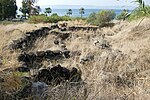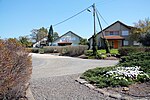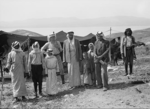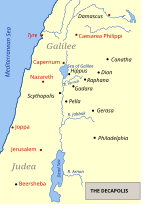Ramot, Golan Heights
1969 establishments in the Israeli Military GovernorateGolan Regional CouncilIsraeli settlements in the Golan HeightsMoshavimPopulated places established in 1969 ... and 2 more
Populated places in Northern District (Israel)Wikipedia extended-confirmed-protected pages

Ramot (Hebrew: רָמוֹת, lit. "Heights") is an Israeli settlement organized as a moshav, near the eastern shores of the Sea of Galilee in the western Golan Heights. Named "Ramot" because it is located on two hills, it falls under the jurisdiction of Golan Regional Council. In 2021 it had a population of 544.The international community considers Israeli settlements in the Golan Heights illegal under international law, but the Israeli government disputes this.
Excerpt from the Wikipedia article Ramot, Golan Heights (License: CC BY-SA 3.0, Authors, Images).Ramot, Golan Heights
Pnay Golan, Golan Regional Council
Geographical coordinates (GPS) Address Nearby Places Show on map
Geographical coordinates (GPS)
| Latitude | Longitude |
|---|---|
| N 32.849444444444 ° | E 35.6675 ° |
Address
פני גולן
Pnay Golan
1294900 Golan Regional Council
North District, Israel
Open on Google Maps






